Minimising complications in soft tissue surgery — recent advances
T. Charlesworth | Companion Animal | May 2018
Discussion of complications in surgery has traditionally focused on surgical training and the refinement of technical skills in an attempt to minimise the severity and frequency of these complications…


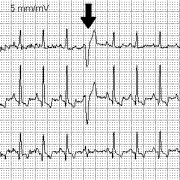

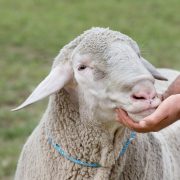
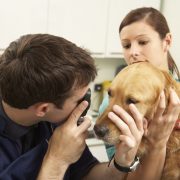
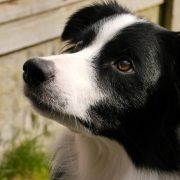

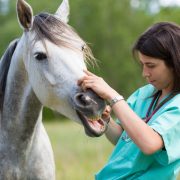

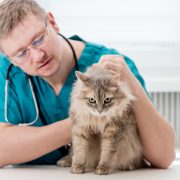
Connect with us